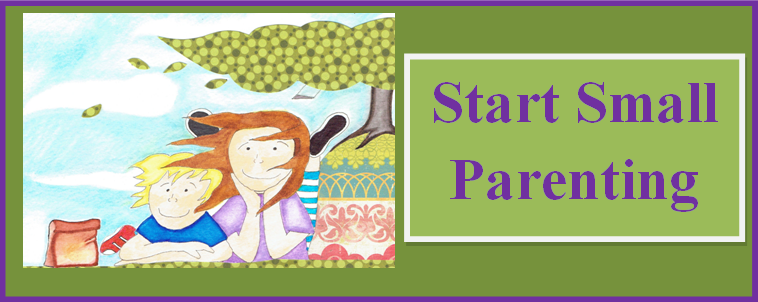Periodically, I am emailed parenting questions. Today, I’d like to share a recent question I received. Q. Our family yells way too much. Sometimes, I think it’s the only way we know to communicate. I’m afraid I’m responsible for the kids’ yelling because I yell. I hate it when I yell, but it works. I need some other suggestions. Emily P., Grass Valley, CA,
Continue…
Just like adults, children get stressed. Sometimes it might be hard to tell that our children are stressed, and if so, what is stressing them. This is an area where it is important to look closely with your parent detective senses. What behaviors might you find if your child is stressed? Maybe you notice a new habit like nailbiting or bedwetting. Maybe your child
Continue…
Embrace experience over things and “enough” rather than always more. – Dr. Kim John Payne As we look for ways to calm our children, better understand them, and guide them through early childhood, a cluttered house and over-filled schedule can add to a sense of chaos for children. Their brains are growing rapidly and there is so much going on inside – it’s helpful
Continue…
As is expected, children are constantly changing and growing. With change and new experiences can come anxiety and off-track behaviors. More opportunities for independence and freedom can bring up difficulties with separation from the parent. Fall is the time when many families either start new activities or join a preschool or daycare situation. This is a very exciting time as we are given a
Continue…
Loving Touch One of the most powerful ways to connect with your child is through touch. Hugs, holding hands, the sitting-in-lap connection, wrestling, and floor play all have benefits for parent and child. Human touch is vital to healthy brain development. In a Psychology Today post titled “The Neuroscience of Calming a Baby,”1 Christopher Bergland writes of the role that the cerebellum plays in proprioception –
Continue…
How can we light up children’s brains so they most easily learn? How does better understanding their development increase our connection together? The Young Brain Sometimes young children seem like a different species entirely from the adults who parent them. Conflict can occur just because the two people involved see the world very differently. This is partly due to the way the brain develops.
Continue…
A Do-Over is an opportunity to repeat a behavior with the guidance of the parent. Any time you want to instill a new behavior or you want your child to have more respectful behavior – these are good times for Do-Overs. From chores to sibling disagreements, re-doing the scene not only allows for another try at doing it respectfully, but it stops the child’s
Continue…
I don’t know about where you live, but where I live, there’s lots of weather. And that often means an extra added amount of time to get out the door in the morning. Shirts, sweaters, pants, socks, mittens, jacket, hat… Just locating the needed items takes time and then there is the challenge to get it all on. Or maybe your child gets easily
Continue…
What is Self-Regulation? Self-Regulation is the ability to have conscious control over impulses. This is a function of the executive center of the brain – or the neocortex – an area that develops later in small children than some other parts of the brain. Development of Self-Regulation There are three main factors that influence the development of the ability to self-regulate: biology and temperament, developmental
Continue…
Surly tones, “bad words,” mean comments…these can all feel disrespectful. One of the first questions I ask of parents, “Is there behavior to match the rudeness, or is it confined comments and tone?” If there is behavior to match, then it’s important to address the behavior. Here, we’ll focus on tone and language. Stay Calm If the rudeness remains in the realm of words and tone,
Continue…

